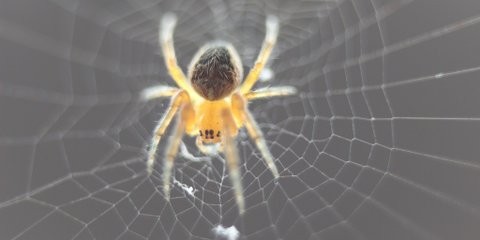The super strong spider web was replicated at the University of Trento in Italy, using grapheme and carbon nanotubes. They sprayed the spiders with water which was already infused with grapheme and carbon nanotubes. It is already known that spider web is a very strong and tough fiber and is almost similar to the fabric known as Kevlar, which is a state of the art carbon fiber.
The fiber which the scientists created using carbon and grapheme surpasses the properties of Kevlar, according to CDA News.
Similar to the movie "Spider Man", in which being exposed to radioactive material gives the spiderman a lot of spider strength, the scientists also exposed the spiders to carbon nanotubes and graphene. Both of them are radioactive materials and they produce super strong silk, according to Immortal News.
According to MIT Technology Overview, the University's tech magazine, 15 Pholcidae spiders were taken to be used in this experiment. This breed of spiders are also known as cell spiders and/or daddy longlegs, as they are really huge in size.
These spiders were then sprayed with flakes pf graphene and water and exposed to the carbon nanotubes to propagate high quality strong silk. This was a pretty standard experiment, with only one unclear thing. The chemical reaction which led to the conversion of graphene to silk is still not clear to many researchers who are following this study.
One of the explanations is that the spiders use the carbon which is present in graphene to clean themselves after they are sprayed and another possibility is that graphene gets converted to silk due to the presence of some enzymes present on the body of the spider.


